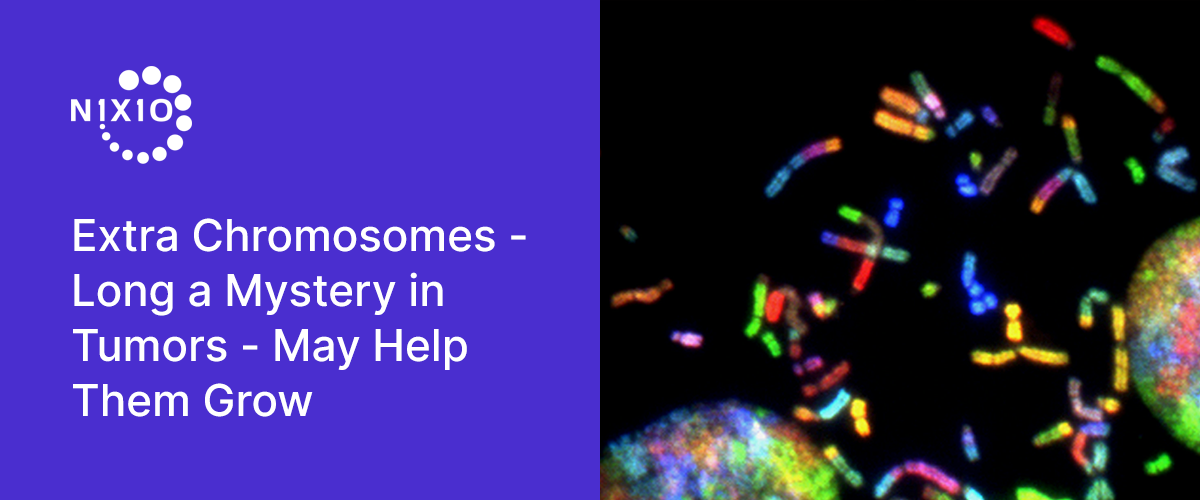Cancer cells are riddled with genomic alterations. The most common change, known as aneuploidy, involves loss or gain of full chromosomes or the sections of chromosomes termed arms. About 90% of tumors and 75% of blood cancers are aneuploid. Although aneuploidy could foster the development and growth of cancer, it might instead be a result of the turmoil in cancer cells and have no positive or negative effects.
Determining whether cancer cells gain from abnormal chromosome numbers had proved difficult due to the experimental difficulties involved in manipulating entire chromosome arms. After the discovery of the clustered regularly interspaced short palindromic repeats (CRISPR) technology in 2011, scientists could snip out DNA at specific locations or insert new sequences, to produce aneuploidy in cells and to remove it.
To test the effects of one type of aneuploidy, Jason Sheltzer, a cancer biologist of Yale University School of Medicine, and his colleagues used the technique to test the effects of one type of aneuploidy, in which cells acquire an extra copy of the larger arm of chromosome 1. The biggest of our chromosomes, it carries about 2000 genes, almost 10% of our total number. Tumor sample data indicated that duplication of this arm is one of the first genomic abnormalities to appear in breast cancer and melanoma, suggesting it could be driving these—and perhaps other—cancers. The scientists deleted the surplus arm from aneuploid ovarian cancer, stomach cancer, and melanoma cell lines. They then measured how fast the cells grew in culture. Compared with cells that remained aneuploid, the disarmed cells were sluggards, proliferating very slowly.
The researchers then injected the CRISPR-modified cells, as well as cells that retained the spare copy of the chromosome 1 arm, into mice. After about 4 weeks, tumors spawned by the still-aneuploid cells were 25 times larger than growths resulting from the tweaked cells, the researchers found. The extra arm was also necessary for cells to become cancerous in the first place. Potentially cancerous cells lacking the arm did not yield tumors when injected into mice.
The team’s next step was to ask how cancer cells profit from additional copies of the chromosome arm. Although there are more than 1000 genes on this arm, the researchers pinpointed one that seemed to confer many of the benefits. Known as MDM4, it thwarts the effects of p53, a powerful tumor-fighting protein that allows cells to repair DNA damage.
Again, using CRISPR, the scientists showed that other types of aneuploidies were also assets. Cancer cells with extra arms of chromosomes 7 or 8 gained a growth boost, too. Still, aneuploidy of chromosome 1 provided a bigger benefit. As the scientists put it, tumor cells were “addicted” to this alteration, which was necessary for rapid growth.
The work shows that aneuploidy “has a specific function that is advantageous for the cells,” says molecular geneticist Zuzana Storchova of the University of Kaiserslautern. Molecular biologist Wei-Ting Lu of the Francis Crick Institute described the researchers’ experimental approach as a “beautiful tour-de-force.”


